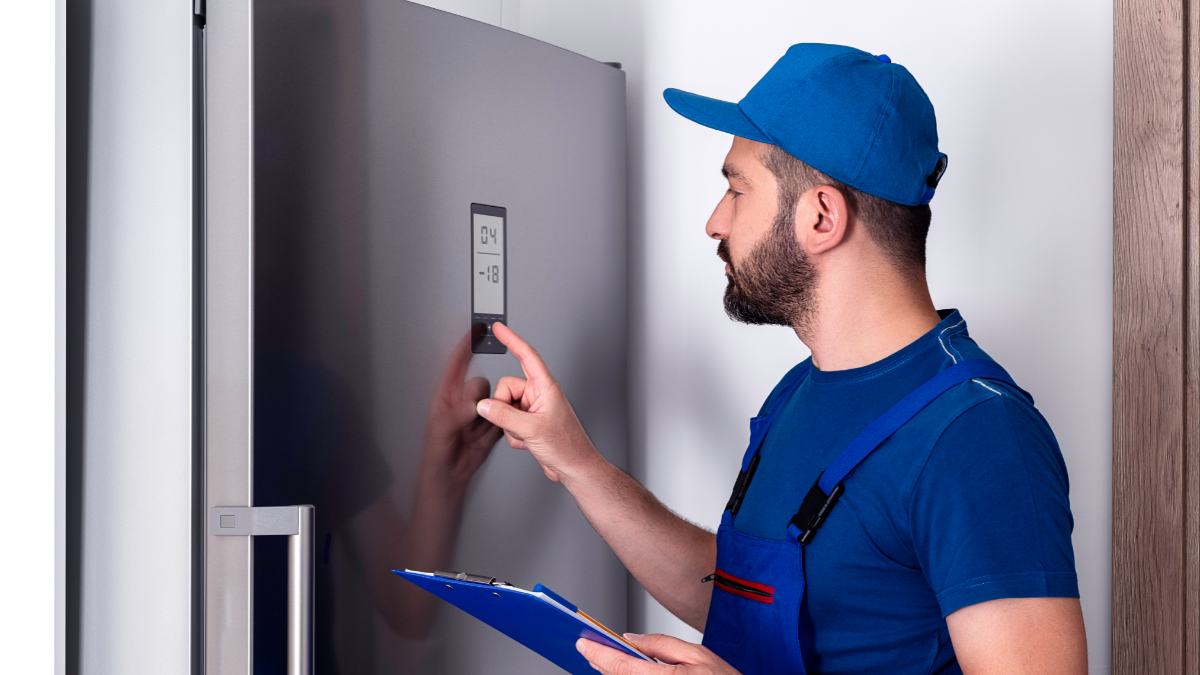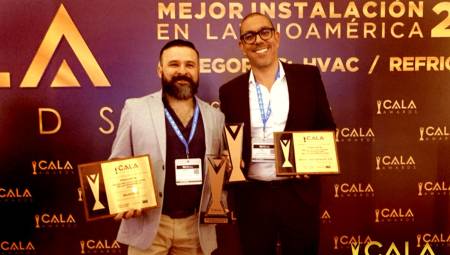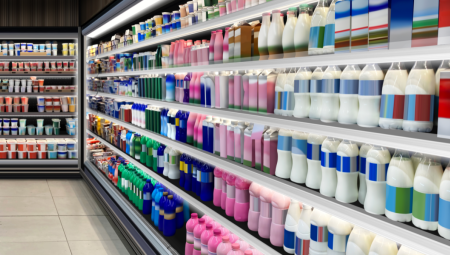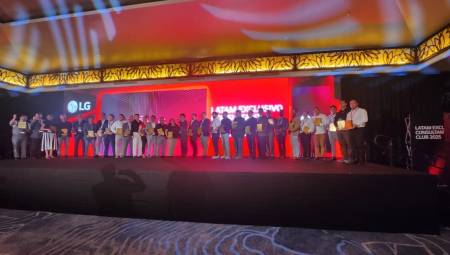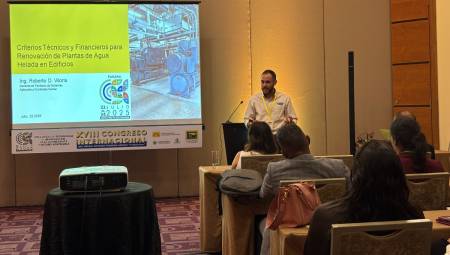International. Every June 26, World Refrigeration Day is commemorated, a date that seeks to recognize the fundamental role that this technology plays in health, food, comfort and the global economy, while promoting sustainable practices to face current environmental challenges.
Established in 2019 with the support of the UN and the United Nations Development Programme (UNDP), this event highlights the need to reduce the environmental impact of refrigeration systems, promote technological innovation and ensure equitable access at a global level.
An invisible but indispensable pillar
Refrigeration is an essential thermodynamic process in multiple sectors: from food and medicine preservation to thermal comfort in homes, offices and public spaces. Its relevance also extends to key industrial processes such as food and pharmaceutical production.
However, many of the refrigerants traditionally used have a negative impact on the environment, which is why the industry is moving towards cleaner and more efficient solutions.
According to data from Intersam, at the end of 2023 the global refrigeration market reached a value of 168 billion dollars, with projections that estimate its growth to almost 11 billion by 2030. In Mexico, the HVAC/R market is expected to exceed $5 billion by 2026.
A history of technological evolution
From its origins in prehistory – when caves and snow were used to preserve food – to the advances of the nineteenth century with vapor compression cooling, the industry has evolved at a dizzying pace. Today, technologies such as Inverter systems, artificial intelligence and the Internet of Things (IoT) are setting the course towards smarter and more sustainable refrigeration.
In Latin America, the industrial refrigeration market is estimated at 200 million dollars, with a significant portion dedicated to the sale of compressors. This infrastructure is crucial for food security, especially in the face of the growth in demand for frozen products and self-service chains.
Economic and regulatory factors have slowed down the adoption of more sustainable technologies in the region, although there is an increase in environmental awareness and in the search for solutions with low climate impact.
Among the industry's main challenges are energy efficiency and emissions reduction. Currently, about 3.6 billion HVAC systems are in operation worldwide, but only a small proportion have Inverter technology, which can reduce electricity consumption by up to 50%.
The impact of refrigerants is also a concern. Substances such as CFCs and HCFCs have been gradually replaced by safer options with lower global warming potential (GWP), such as HFOs, carbon dioxide (CO₂) or ammonia (NH₃).
This transition process is part of international agreements such as the Montreal Protocol and its Kigali Amendment, which seek to phase out the most polluting refrigerants.
Looking to the future: innovation and awareness
New technologies such as magnetic cooling and smart connected systems open up opportunities to improve the environmental and economic performance of the sector. In addition, public policies, technical regulation and training programs are required to promote this transformation.
The commemoration of World Refrigeration Day is also a call to collective action: governments, companies, technicians and users must collaborate in building a more sustainable, resilient and inclusive industry.
As the demand for refrigeration increases around the world, particularly in regions such as Latin America, it is imperative to foster innovation and education as drivers of change, with the aim of ensuring a future in which refrigeration remains synonymous with well-being, health and development.


